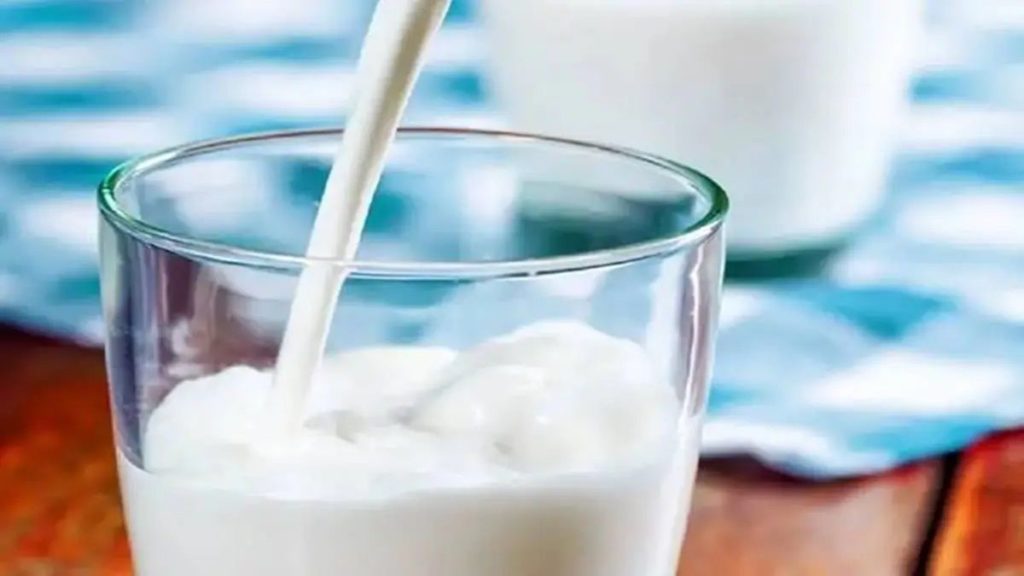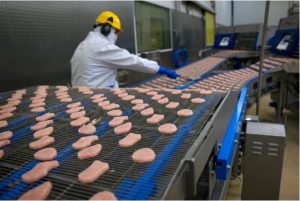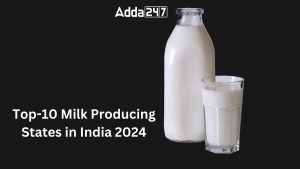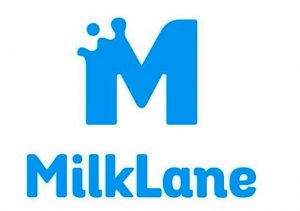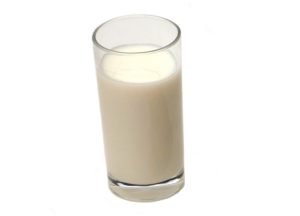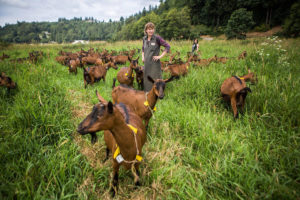The value of milk procurement by milk producer companies (MPCs) is estimated to jump close to Rs 18,000 crore over the next five years, from Rs 5,575 crore in 2021-22, the National Dairy Development Board (NDDB) has said.
Currently, there are 20 farmer-owned MPCs promoted by NDDB Dairy Services (NDS), which procure 4 million litres of milk daily. “In the next five years, daily milk procurement by MPCs will increase to 10 million litres,” Meenesh Shah, chairman, NDDB, said.
Around 0.75 million farmers have created 20 MPCs, in which more than 70% are women. These farmer-owned organisations return up to 85% of consumer money realised to members, including over 0.5 million female members.
The ownership of 12 MPCs is with women members.
Farmers associated with MPCs have pooled in over Rs 175 crore in the last 10 years and collectively have over Rs 400 crore as reserves and surplus, Shah said.
Shah said MPCs are taking forward the legacy of the White Revolution created by the NDDB, which has conceptualised the creation of these farmers’ organisations and NDS for facilitation, and technical and organisational assistance.
“The startup concept may have come recently but the MPCs are the real startups working since long,” Shah said at the IDF World Dairy Summit 2022 being held in Greater Noida during September 12-15.
He said the NDDB will help set up MPCs in every aspiring district, and the cooperatives and MPCs would cover the entire length and breadth of the nation.
Shreeja Milk Producer Company has the distinction of being the world’s largest all-women MPC, in Tirupati, according to an NDDB statement.
While the organised private sector is growing steadily, it is important — in the interest of livelihoods and inclusiveness — that cooperatives and other producer organisations such as MPCs continue to handle at least 50% of the milk handled by the organised sector, NDS stated.
India ranks first among the world’s milk-producing nations since 1998, after surpassing the United States as the biggest producer of milk.
According to the Economic Survey 2021-22, India’s milk production has grown at a compound annual growth rate of about 6.2% to reach 209.9 million tonne (mt) in 2020-21, from 146.3 mt in 2014-15.
About 50% of the milk produced in the country is retained for local consumption. Of the remaining 50% — or the marketable surplus — cooperatives procure about 17%, from around 20% of rural milk-producing households in 23% of the country’s villages.

